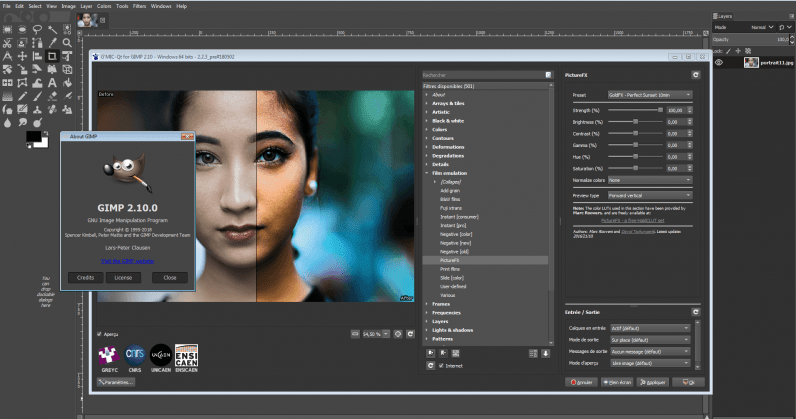
Today there are several software tools for photo editing. Adobe Photoshop, Polarr, PaintShop Pro, Snapseed, CoralDraw and etc. among them today we are going to talk about GIMP.
GIMP stands for GNU Image Manipulation Program. It is a free and open-source image editing platform that allows users to change and manipulate images. GIMP is supporting for macOS, Microsoft Windows, and Linux operating systems. And it is lightweight software. But it is required training or knowledge to work with GIMP because its usability is hard. GIMP is a user-friendly software for beginners.
There are several types of tools like noise reduction, cropping, automatic image enhancement tools, color adjustment tools, gradients, customizable brushes, and much more. It provides some features for the user that including filters, Bezier curves, layer masks, layer management features, and an animation package. Its support for pre-installed or downloadable plugins is also commendable.

Features of GIMP software
• Customizable user interface
• Allows to touch up digital photographs captured from the camera.
• Supports different hardware devices (MIDI controller, USB, etc)
• Export JPEG, PNG, GIF, TIFF file formats.
• Allows an open unlimited number of images at one time.
• Multiple undo or redo is possible.
• Has up to 100 readily available plugins.
GIMP allows the user to enhance productivity through many customization options and its support for third-party plugins also.